Logic Line-Ups
$19.95 $9.95
Build your students’ deductive thinking skills, spatial reasoning, spatial vocabulary and teamwork skills with these 72, ready-to-use, logic activities. You’ll find problems, answers and reproducible, line-up cards for 12 popular themes: barnyard…
15 in stock
Logic Line-Ups – A Fantastic Resource for Teachers Australian Edition
Build your students’ deductive thinking skills, spatial reasoning, spatial vocabulary and teamwork skills with these 72, ready-to-use, logic activities. You’ll find problems, answers and reproducible, line-up cards for 12 popular themes: barnyard, bugs, dinosaurs, fantasy, holidays, nutrition, occupations, outer space, pets, seasons, shapes and under the sea. Includes full-page, reproducible cards for whole-class activities, and quarter-page cards for the team, pair and independent activities described. 88 pages
- 72 cooperative logic activities across 12 themes.
- Includes reproducible problems and cards for teams, pairs or individual activities.
- Builds students’ deductive thinking skills, spatial vocabulary, spatial reasoning and teamwork skills.
Teaching and Training Hints
Logic line-ups problems describe how students are to line up. If you want to avoid possible confusion, there are two things that need to be established before students line up.
1. Perspective.
If the problem includes direction terms such as “right,” “far left,” or “to the left of,” students will line up differently if they are using THEIR left and right or the left and right of the OBSERVER. Let students know which you intend in advance.
2. Sequence.
After establishing what “left” and “right” mean, establish where the line starts and ends. Decide whether to have students line up from left to right or right to left when the problem includes sequencing terms such as “first” “last,” or “third.”
If you’re looking for one of those “Aha” moments and are OK with a little confusion, don’t establish sequence or perspective in advance. Let students line up according to how they interpret the problem. Hopefully, teams will interpret the problem differently or their solution won’t match your answer. This is great teaching opportunity.
About the Book
In the book Logic Line-Ups, the problems are all designed as follows:
• Perspective – From the perspective of the observer (not students)
Using the perspective of the observer is more difficult as it requires visual perspective-taking. For younger students, consider changing the problems or answers to use students’ left and right.• Sequence – First to last from left to right (i.e., First, Second, Third, Last)
| Weight | 255 g |
|---|---|
| Dimensions | 300 × 220 × 5 mm |
Be the first to review “Logic Line-Ups” Cancel reply
You must be logged in to post a review.
You may also like…
Cooperative Learning
This classic, best-selling book on higher level thinking will show you how to get students to generate higher-level thinking on any topic. Students sharpen their thinking skills and dig deep into the content as they ask and answer higher-level th...
Multiple Intelligences
Stretch your students' many ways of being smart! If you want to make multiple intelligences theory a reality in your classroom. This book will help make multiple intelligences come alive in your classroom! It features 10 easy-to-use, use-again st...

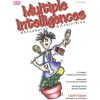
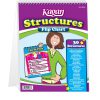
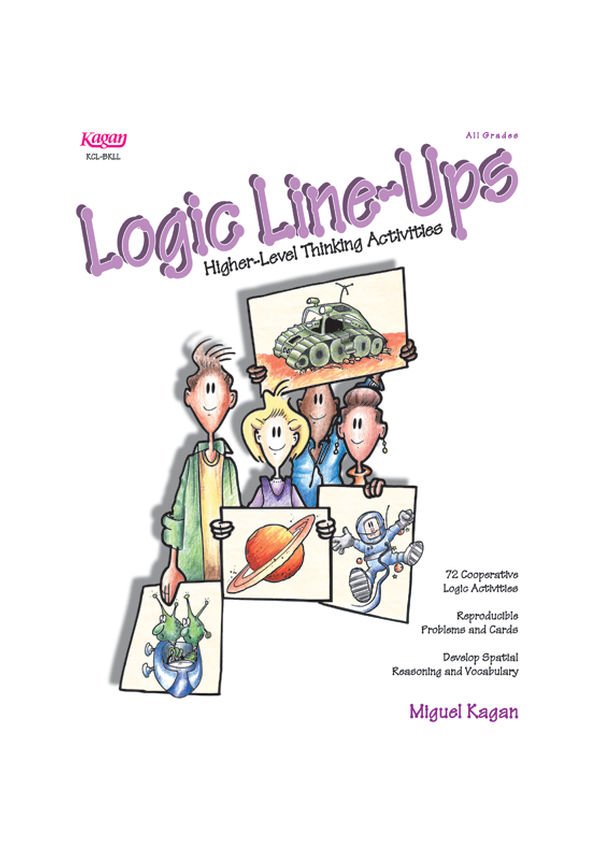
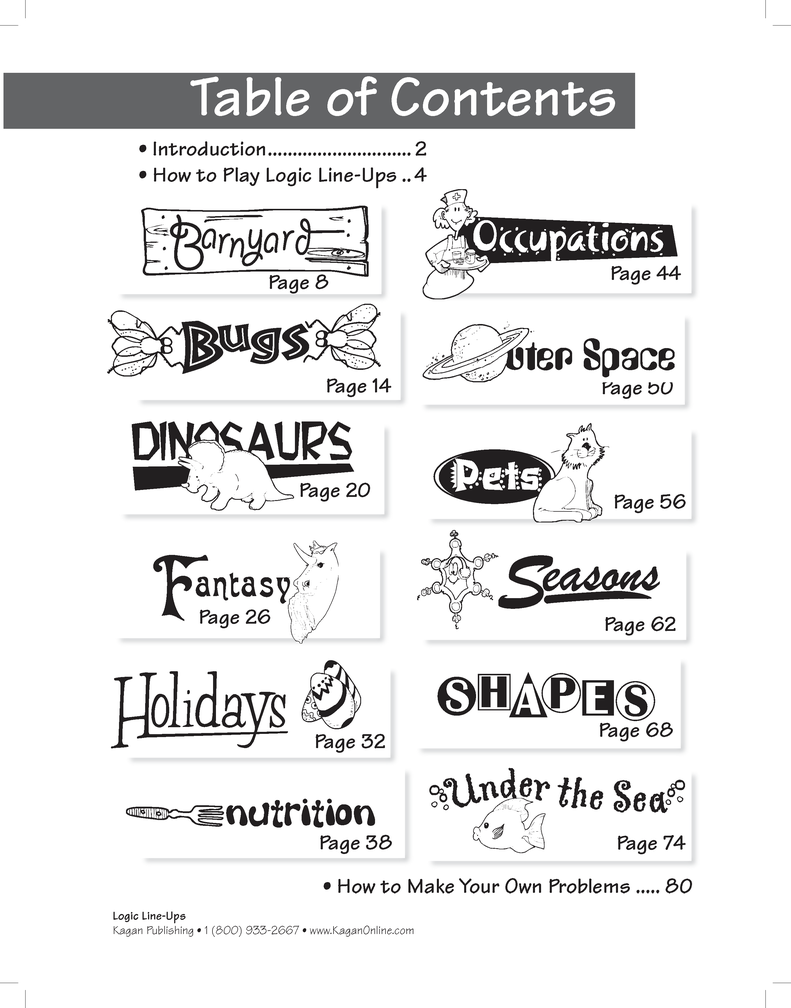
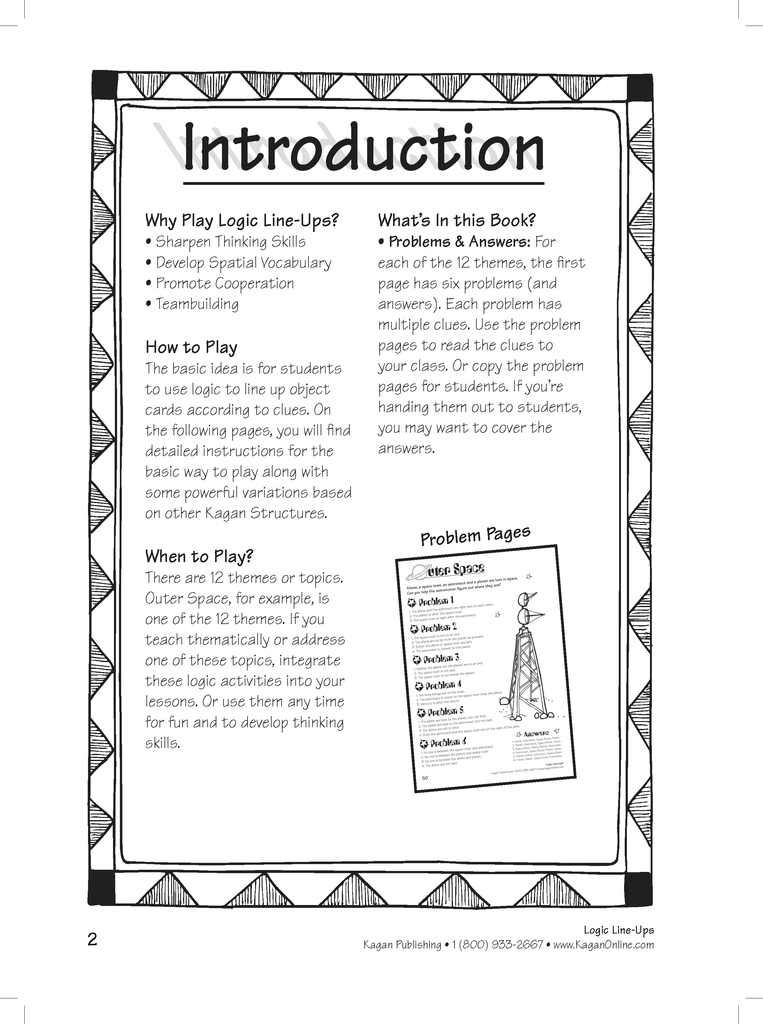
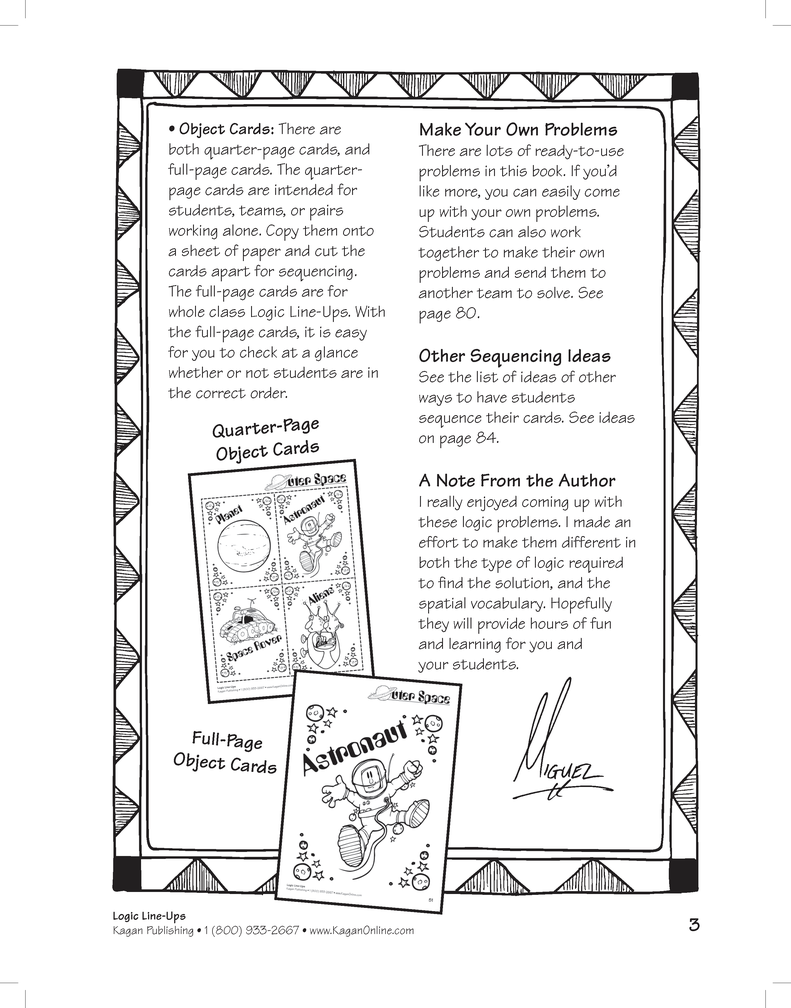
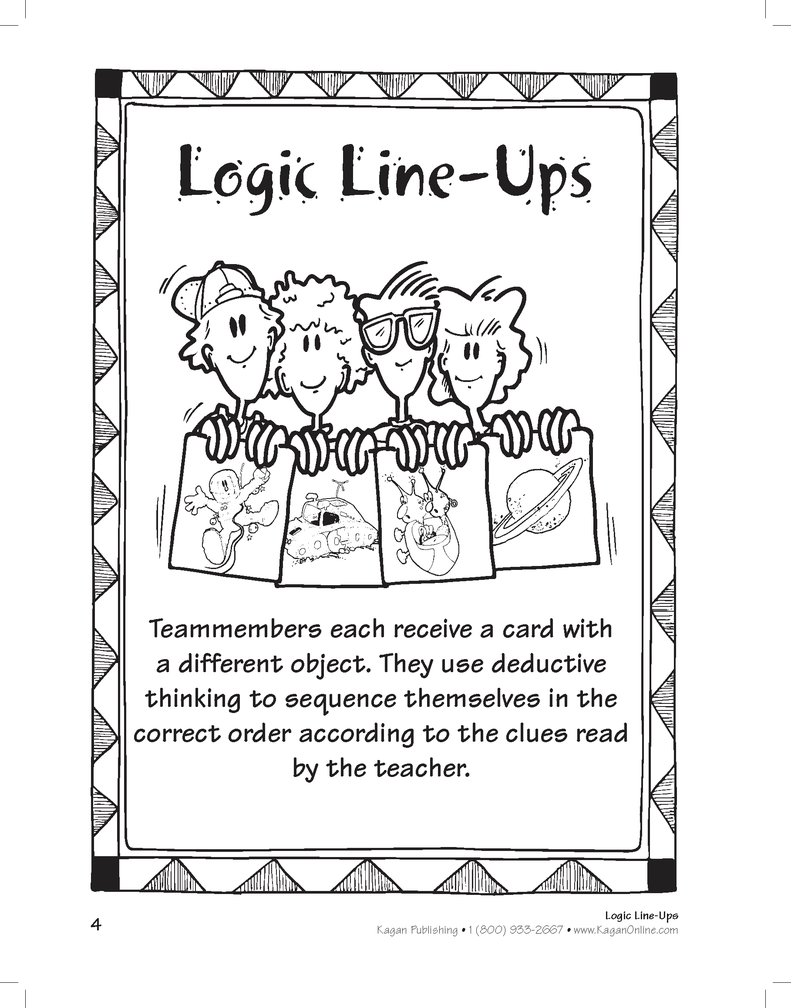
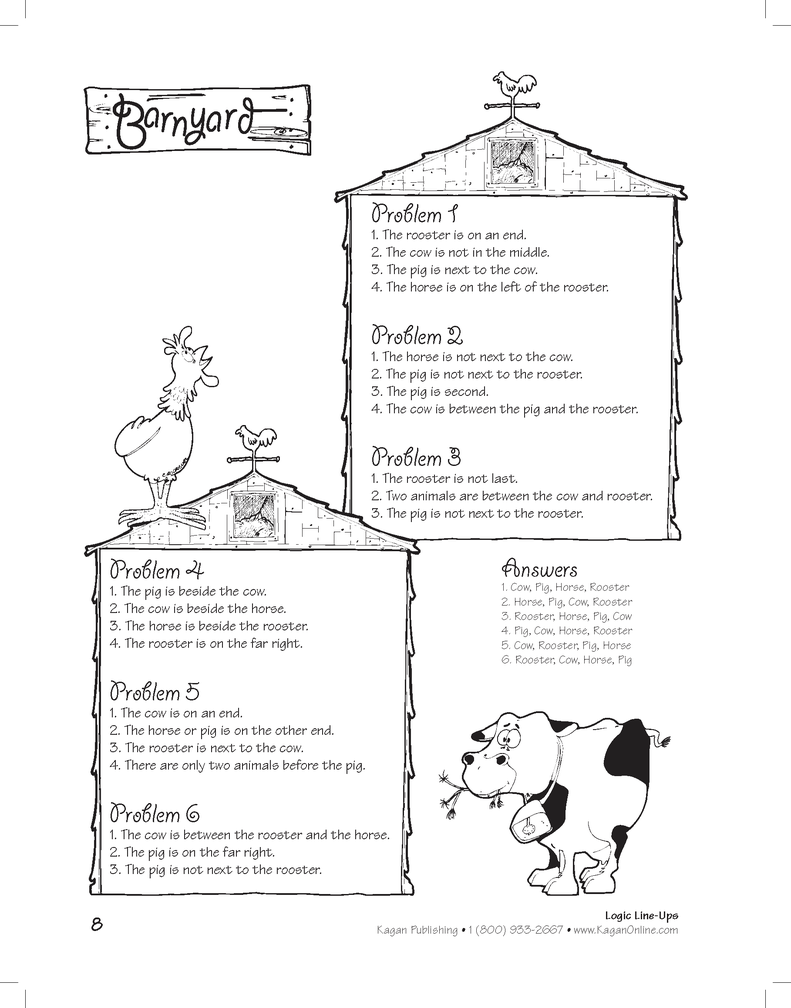
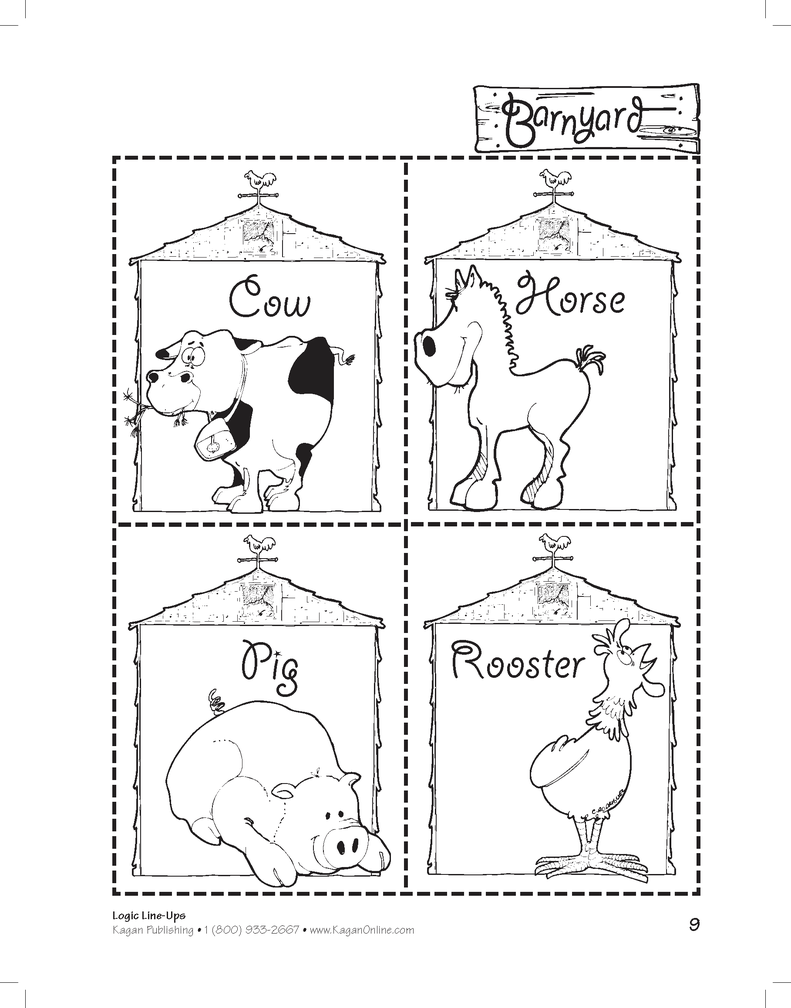
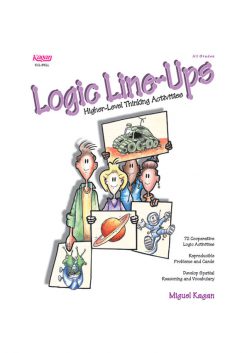
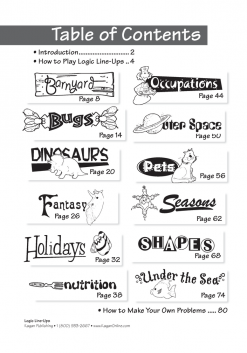
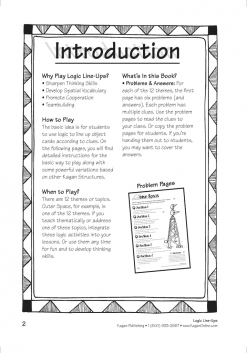
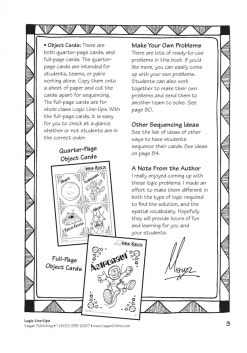
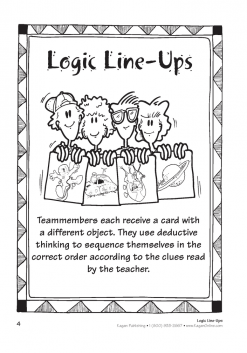
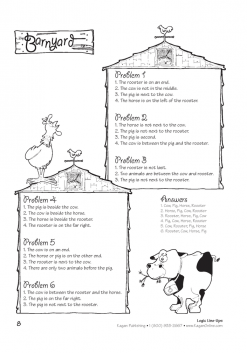
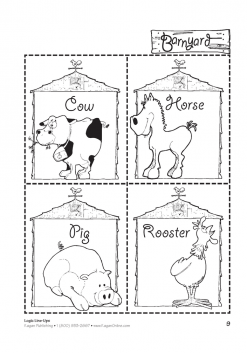
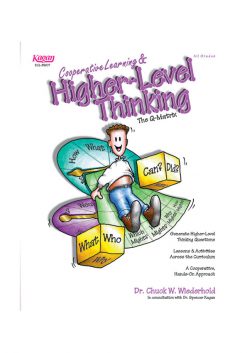
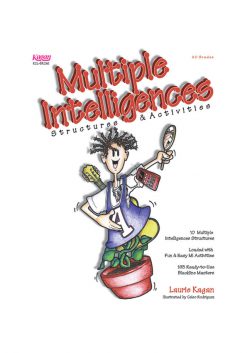
Reviews
There are no reviews yet.